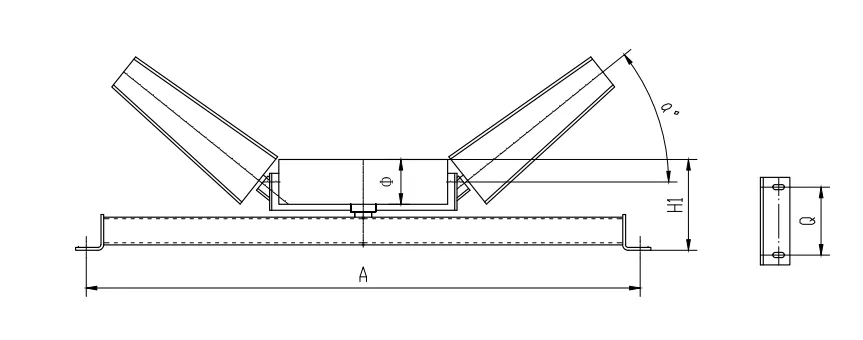 Afrikaans
Afrikaans  Albanian
Albanian  Amharic
Amharic  Arabic
Arabic  Armenian
Armenian  Azerbaijani
Azerbaijani  Basque
Basque  Belarusian
Belarusian  Bengali
Bengali  Bosnian
Bosnian  Bulgarian
Bulgarian  Catalan
Catalan  Cebuano
Cebuano  Corsican
Corsican  Croatian
Croatian  Czech
Czech  Danish
Danish  Dutch
Dutch  English
English  Esperanto
Esperanto  Estonian
Estonian  Finnish
Finnish  French
French  Frisian
Frisian  Galician
Galician  Georgian
Georgian  German
German  Greek
Greek  Gujarati
Gujarati  Haitian Creole
Haitian Creole  hausa
hausa  hawaiian
hawaiian  Hebrew
Hebrew  Hindi
Hindi  Miao
Miao  Hungarian
Hungarian  Icelandic
Icelandic  igbo
igbo  Indonesian
Indonesian  irish
irish  Italian
Italian  Japanese
Japanese  Javanese
Javanese  Kannada
Kannada  kazakh
kazakh  Khmer
Khmer  Rwandese
Rwandese  Korean
Korean  Kurdish
Kurdish  Kyrgyz
Kyrgyz  Lao
Lao  Latin
Latin  Latvian
Latvian  Lithuanian
Lithuanian  Luxembourgish
Luxembourgish  Macedonian
Macedonian  Malgashi
Malgashi  Malay
Malay  Malayalam
Malayalam  Maltese
Maltese  Maori
Maori  Marathi
Marathi  Mongolian
Mongolian  Myanmar
Myanmar  Nepali
Nepali  Norwegian
Norwegian  Norwegian
Norwegian  Occitan
Occitan  Pashto
Pashto  Persian
Persian  Polish
Polish  Portuguese
Portuguese  Punjabi
Punjabi  Romanian
Romanian  Russian
Russian  Samoan
Samoan  Scottish Gaelic
Scottish Gaelic  Serbian
Serbian  Sesotho
Sesotho  Shona
Shona  Sindhi
Sindhi  Sinhala
Sinhala  Slovak
Slovak  Slovenian
Slovenian  Somali
Somali  Spanish
Spanish  Sundanese
Sundanese  Swahili
Swahili  Swedish
Swedish  Tagalog
Tagalog  Tajik
Tajik  Tamil
Tamil  Tatar
Tatar  Telugu
Telugu  Thai
Thai  Turkish
Turkish  Turkmen
Turkmen  Ukrainian
Ukrainian  Urdu
Urdu  Uighur
Uighur  Uzbek
Uzbek  Vietnamese
Vietnamese  Welsh
Welsh  Bantu
Bantu  Yiddish
Yiddish  Yoruba
Yoruba  Zulu
Zulu conveyor belt parts and functions
Conveyor Belt Parts and Functions
Conveyor belts are an essential component of many industrial processes, serving as a means to transport materials from one location to another efficiently. Understanding the various parts of a conveyor belt and their specific functions is crucial for optimizing its operation, enhancing productivity, and ensuring safety in the workplace. This article will explore the primary components of conveyor belts and their roles in the system.
1. Belt
The belt itself is the most recognizable part of a conveyor system. Made from materials such as rubber, plastic, metal, or fabric, it acts as the medium through which materials are transported. The choice of belt material depends on the type of material being conveyed, the environment in which the system operates, and the desired lifespan of the belt. For example, rubber belts are commonly used in heavy-duty applications due to their durability, while lighter plastic belts might be used for lightweight packaging.
2. Pulley
Pulleys play a crucial role in the operation of conveyor belts. They are wheel-like structures that guide the belt and transfer power through rotation. There are generally two types of pulleys drive pulleys and idler pulleys. The drive pulley, connected to the motor, is responsible for moving the belt. The idler pulleys support the belt and maintain its tension throughout the conveyor system. Proper alignment and maintenance of the pulleys are critical to ensure smooth and efficient operation.
3. Motor
The motor is the powerhouse of the conveyor system, providing the necessary energy to move the belt. Depending on the application, different types of motors can be used, including AC motors, DC motors, and gear motors. The size and power of the motor depend on the weight and speed of the material being moved. Selecting the correct motor is vital for achieving optimal performance and minimizing the risk of mechanical failures.
4. Framework
conveyor belt parts and functions

The framework is what holds the entire conveyor system together. Typically made from steel or aluminum, it provides the necessary support and stability for the belt and other components. The design of the framework must ensure that it can withstand the weight of the materials being transported while maintaining the structural integrity throughout the conveyor's operation. Adjustable frameworks allow for modifications in height and angle, accommodating various transportation needs.
5. Guide Rollers
Guide rollers are supplementary components installed along the conveyor belt to maintain its alignment and prevent it from drifting off track. These rollers guide the belt along its intended path, reducing wear and tear and improving overall efficiency. Proper placement of guide rollers is essential, especially in curves and inclines, where the belt is more prone to misalignment.
6. Tensioning Device
The tensioning device keeps the belt taut, preventing slippage and ensuring optimal performance. Its primary function is to adjust the tension of the belt as it wears or stretches over time. Without proper tension, the belt may sag or slip off the pulleys, leading to disruptions in the conveyor system. Tensioning devices can be mechanical or automatic, depending on the system's design and requirements.
7. Safety Guards and Sensors
Safety is paramount in any industrial setting. Conveyor belts are equipped with safety guards and sensors to mitigate risks. Safety guards help protect workers from moving parts, while sensors can detect issues such as belt misalignment or jams. These safety features play a crucial role in maintaining a safe working environment and ensuring the conveyor system operates smoothly.
Conclusion
Understanding the various parts of a conveyor belt and their functions is essential for anyone working in an industrial setting. Each component plays a significant role in ensuring that materials are transported efficiently and safely. By maintaining and optimizing these parts, companies can enhance productivity, reduce downtime, and create a safer work environment. Proper knowledge and management of conveyor belt systems lead to improved operational effectiveness, making it a backbone of modern manufacturing and logistics.
-
Revolutionizing Conveyor Reliability with Advanced Rubber Lagging PulleysNewsJul.22,2025
-
Powering Precision and Durability with Expert Manufacturers of Conveyor ComponentsNewsJul.22,2025
-
Optimizing Conveyor Systems with Advanced Conveyor AccessoriesNewsJul.22,2025
-
Maximize Conveyor Efficiency with Quality Conveyor Idler PulleysNewsJul.22,2025
-
Future-Proof Your Conveyor System with High-Performance Polyurethane RollerNewsJul.22,2025
-
Driving Efficiency Forward with Quality Idlers and RollersNewsJul.22,2025





























